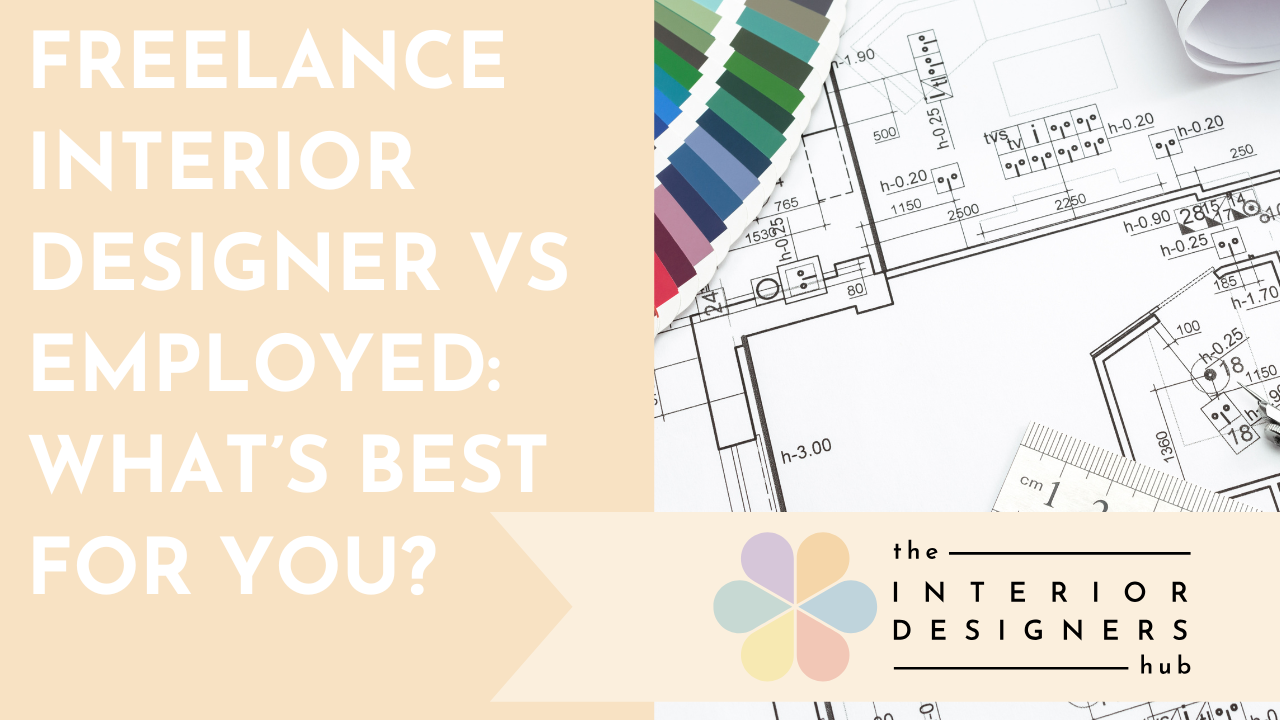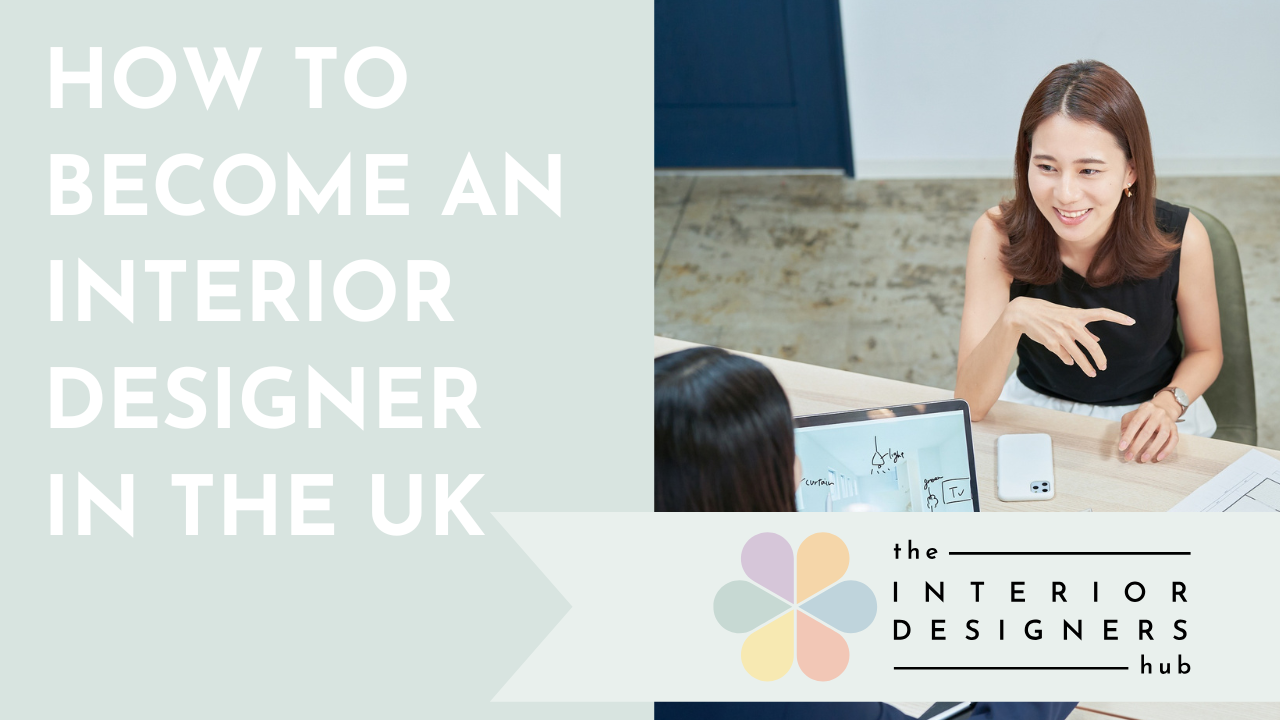The Five Fundamentals of Stunning Mood Boards

Being able to create a professionally designed Mood or Presentation Board is one of the fundamental skills you need as an Interior Designer. You might be an incredibly talented Interior Designer, but if you haven’t nailed this early stage of the client conversion process, you could risk losing potential projects.
However, don’t panic if you haven’t quite mastered the art just yet. Presentation skills can be learned and it’s a task that will get easier with practice. The more you do, the better you will become at producing them.
They can be very time consuming to begin with, but you will get quicker. Be patient, trust the process and have fun with them.
The first key steps to creating a Mood Board
Before you even start your Mood Board, it’s so important to get really clear on what you’re trying to achieve. Have you truly understood the client’s brief, do you feel in alignment with the project? If you’re feeling any doubts about what you need to produce, touch base with the client and clear-up any niggling doubts or questions you might have.
Then you will need to pick the platform you’re going to use to produce your Mood Board. Powerpoint is a familiar place to start, as it has all of the features you will need to create different effects and layouts, but it is not the most intuitive and in our experience you can achieve better results more easily and faster by using Canva. The free pricing tier is amazing and all you need to get started.
You’ll need to produce one Mood Board per room. Even if you’re working on a whole home that has a similar theme running throughout, each room will have a different feeling and you’ll need to tap in to that when producing your Mood Board.
Understanding how the client wants to feel in the newly decorated room is going to be fundamental when designing your Board and should be front and centre of your mind during the whole process.
What do we mean by giving a room a feeling?
When a client comes to you with a vision, they will also have a feeling in mind. Feelings or emotions are what drive us as humans. So, if you can get this right, the whole experience of creating a Mood Board and transforming your client’s space will not only be a lot easier, but will make the process a lot more fun for everyone.
A few examples of how a room could feel:
- Minimalist
- Feminine
- Warm
- Worldly
- Chic
- Clean or fresh
- Homely
- Fun
- Light
- Rustic
What are the fundamental elements of a beautiful Mood Board?
There are five key elements you need to think about when creating your Mood Board:
- Backgrounds & borders
- Colour & contract
- Text
- Content
- Layout
When working through each of these five elements, come back to the feeling the room should inspire. Tapping back in to the feeling will help bond these five elements together, resulting in a cohesive Board that will wow your client.
The building blocks of your board: background & border
This is the foundation of your board and will direct the look and feel of it. Choose a background that will compliment the style or feeling of the board. Depending on what that is, your background could be completely plain or use a subtle colour. Alternatively, you could use a patterned or textured background. If you go for the latter, be cautious of making your board look too busy. Play around with the opacity of your patterned or textured background to ensure the eye isn’t bombarded with too many elements.
Borders can frame your board and give it structure, but not every board needs one, especially if you’re going for a soft finish.
Getting creative and cohesive with colours & contrast
Time to pick a colour scheme. This part of the process should be quite easy as it’s one of the elements your client will have strong feelings on and would have given you some ideas already. It’s up to you to create a consistent colour scheme that compliments the style of décor you’re going for. Play around with contrast to give your Board the wow factor.
Trial & error with text
Although your Board will be primarily image-based, you will need to use some text if you want to give your Board a title and/or image descriptions. Experiment with unusual ways of displaying your title, it doesn’t have to be front and centre and titles traditionally are. Think about the direction, shape (could you use a curved title around an image?) and different fonts. Your text should reflect the vibe of your Board.
Curating content that captures
This is where you can really start to have fun with your Board. Mix-up your content and get really creative, don’t just stick to one style.
Think about using a combination of:
- Sketches
- Objects
- Photography
- Fabrics
- Textures/finished
- Product images
- Inspiration from nature
When curating your content, think about the lifestyle of the room, if it carried human traits what would they be? This should help inspire some out of the box ideas.
Inspire a journey with layout
Keep in mind the vibe of the Board when you go to layout your design. Play around with shadows to make certain images pop. Try layering or grouping elements to send the eye on a journey around your Board. Vary the size of your images, angle or position them differently to frame your Board and make it more interesting.
Give your Board the WOW factor
Have fun with creating your Board. Designing one with creativity and playfulness will help you enjoy the process and that will shine through, setting your Board apart from the rest and give it the WOW factor.
Finishing touches are so important. Add elements to make your Board come to life, for instance adding ‘pins’ or ‘sticky tape’ to make it look like a real-life Board.
Playing around with effects, gradients, shapes, saturation, temperature and transparency will elevate your Board, but if you’re not familiar with these design features, it’s completely natural to feel overwhelmed.
The Interior Designer’s Hub has a whole masterclass on creating the perfect Mood Board, broken down into six bite sized chunks so you can ease through your first Mood Board without the overwhelm. We go into each of the five fundamental elements of creating a Board so you can get to grips with the whole process completely guided by an expert.
Your Mood Board could make or break working on your dream project, so take your time, don’t try and complete it in one go. Fresh eyes are so important and asking for feedback from fellow Interior Designers is also very helpful.
Want to take things a step further?
Take our short Moodboard Masterclass video walkthrough and training of how to put into practice these 5 fundamentals.
And...
Check out our amazing Interior Designer Community called Hub Insiders, THE definitive resource for all practicing and aspiring Interior Designers - Training, Trade Discounts, Community, Guest Speakers, Networking and so much more ...
See you on the inside ... Designer! 😉
Not sure how to set up and run your own business?
👇 Grab our step by step roadmap and stop guessing! 👇
By submitting this form you consent to receiving marketing emails. You can subscribe at any time.









